



.jpg)
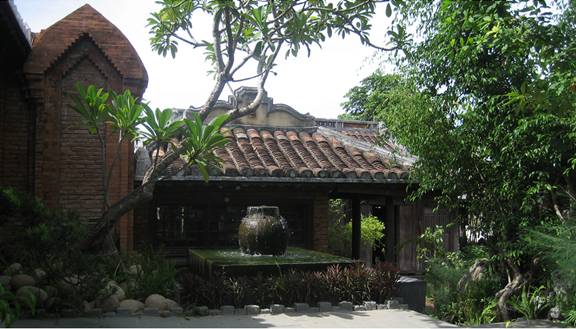
Travelling to Hue you may look for some corners where still keep remain it owns culture, architecture and a traditional food let visit Phuoc Tich ancient village with old house architectures, 500 years old temple and a collection of ceramic relics which are strong reflection of Hue culture....
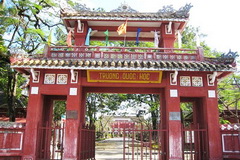
L’école nationale de Huê se trouve sur la rue Lê Loi, quartier de Vinh Ninh, ville de Huê, province de Thua Thien-Hué.Quoc Tu Giam fut l’Ecole Nationale ouverte par la Cour pour former les élites intellectuelles de l’état. Au...
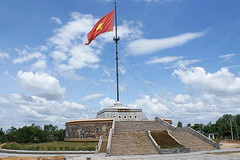
It is commonly known as a flagpole, but viewed from the Imperial City; it is really a huge structure of three flat-top pyramids, one lying on top of another. It was built during Emperor Gia Long's reign, in 1807, and later improved by his son, Emperor Minh Mang.According to the Thuc Luc...
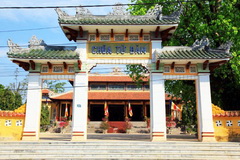
Tu Dam Pagoda was designed following the model of a Conference Pagoda (Chua Hoi). The old and new architectures blend together creating spacious and harmonious elements.Tu Dam Pagoda is one of the biggest and oldest pagodas in Hue. The pagoda was founded at the end of the 17th century (in about...
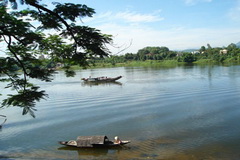
La rivière des Parfums (Sông Hương) tire son nom des nombreuses herbes médicinales qui poussaient sur ses rives. Nombreux villages de sampans avec leurs petits autels et les offrandes sur le toit, à l’intention des génies de l’eau. La...
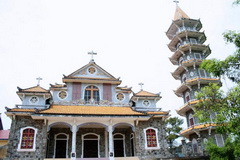
The Hermitage Bien Duc Thien An, usually name Thien Duc Hermitage, has been founded in Summer 1940 by the Bien Duc French hermits with the name of Thien An (Peace from Heaven).The hermitage is formerly managed as an infirmary and a school. To day the hermitage is only a place for religious...
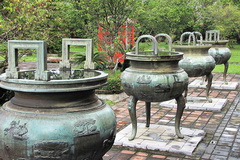
The nine Dynastic Urns are the greatest bronze ones in Vietnam They were cast by Emperor Minh Mang in 1836 to symbolize the sovereignty of the dynasty.Each of them is named after the posthumous title of the emperors worshipped in the The Mieu Temple. For example, Cao Urn is named after Emperor...
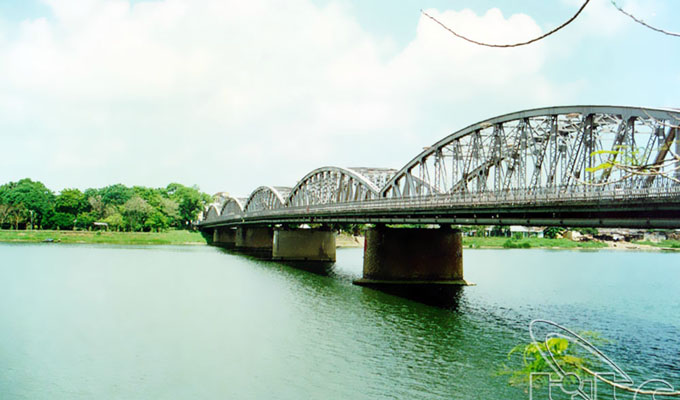
Huê ne serait pas la même sans la rivière Huong ou rivière des Parfums et le mont Ngu Binh, qui confèrent à l’ancienne cité des rois un cadre harmonieux et romantique. Une combinaison d’éléments indissociables que savent...
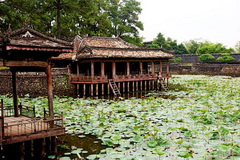
Le tombeau de Tu Duc est construit dans une vallée étroite appartenant au village de Duong Xuan Thuong (aujourd’hui, c’est le hameau de Thuong Ba, village de Thuy Xuan). Le tombeau est situé au milieu d’une immense forêt de pins, à 8 km du...
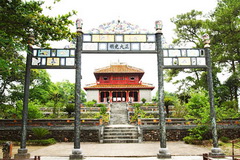
After being on the throne for seven years, Emperor Thieu Tri was sick and died on 4 November 1847 at the age of 41. In his lifetime, the Emperor neither thought of his death nor wanted the people and soldiers to waste so much labour and property for him, so he did not have his tomb built.As soon...

Soyez le premier à connaître nos offres de voyage exclusives et les nouveaux circuits !.